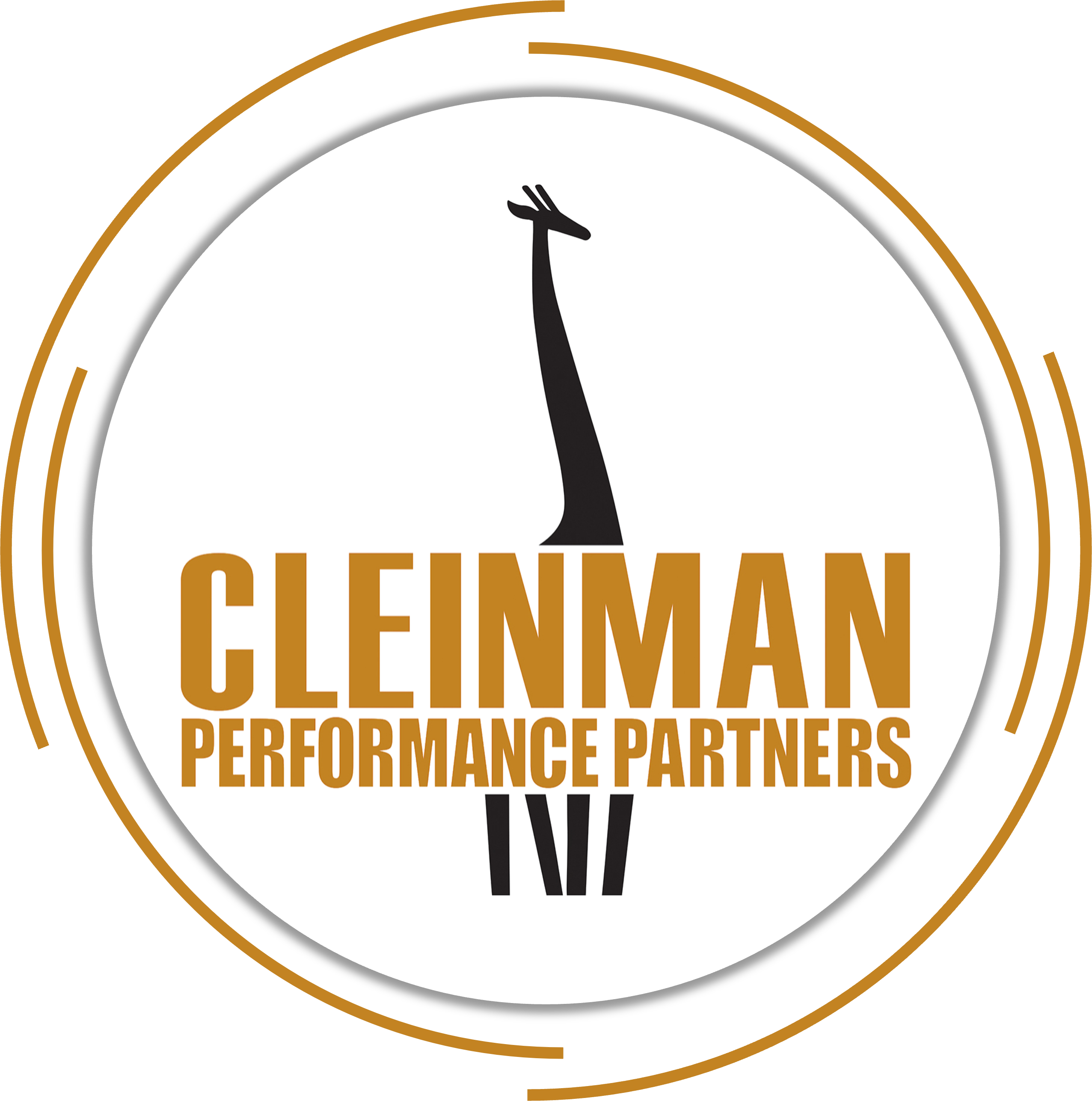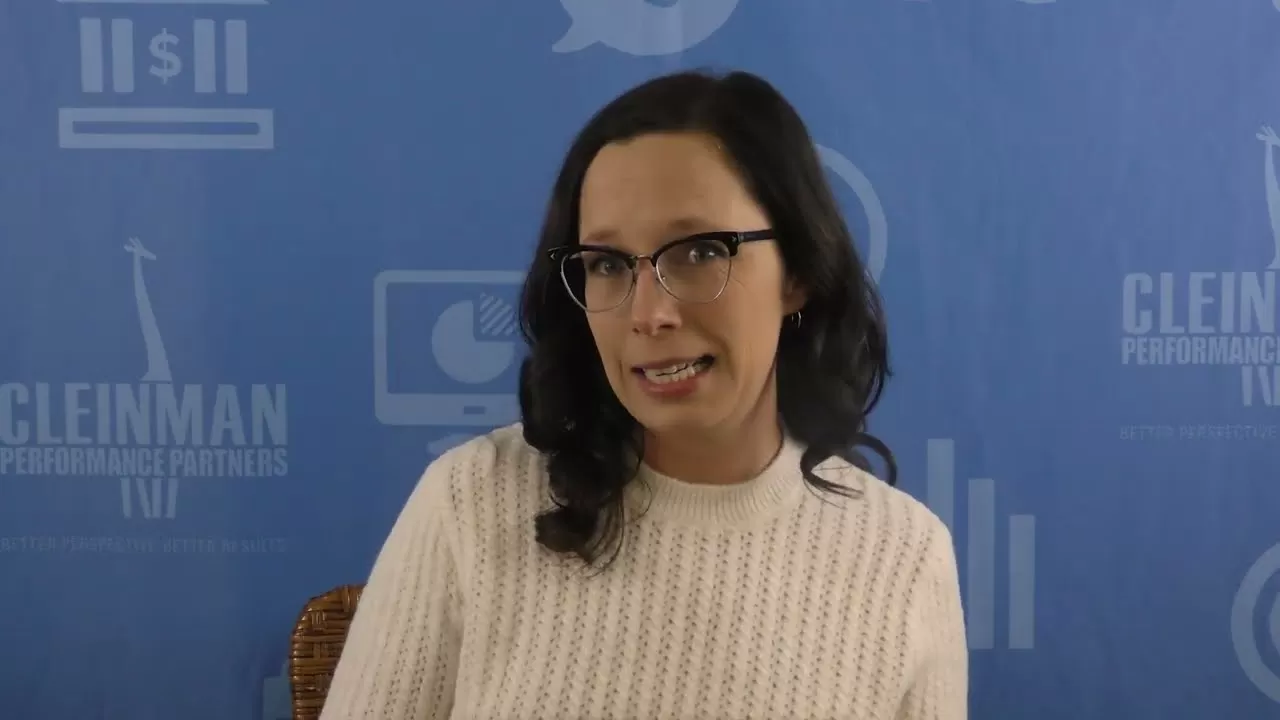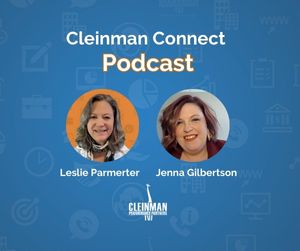
Essilor is the worldwide leader in ophthalmic optics. In the US alone, they control over 120 laboratories and process about 22mm pair of lenses. They own Shamir®, Transitions®, Foster Grant® and are the largest producer of drugstore readers. They also own several buying groups including Vision Source®. The company reported consolidated revenue of more than €6.7 billion in 2015. Essilor’s flagship brands are Varilux®, Crizal®, Definity®, Xperio®, OptifogTM, Foster Grant®, Bolon® and Costa®. It sells its products in more than 100 countries, operating 32 plants, 490 prescription laboratories and edging facilities, and five R&D centers around the world. It also develops and markets equipment, instruments and services to eyecare professionals. Essilor expected to have revenue of over €7 billion in 2016.
Luxottica is the worldwide leader in the retail eyewear space (Lenscrafters, Pearle Vision, Sears Optical, Target Optical, Sunglass Hut, etc.), controlling over 7400 locations worldwide. They own or control 27 significant brand portfolios including Armani®, Ralph Lauren®, Polo®, Brooks Brothers®, Oakley® and Ray-Ban®. Luxottica’s Eyemed is the #2 vision plan with almost 50mm covered lives. They have operations in over 150 countries worldwide and generate revenue more than $8bb.
What are some of the implications of this combination of giants?
- While EssiLux sells a significant quantity of frames and lenses to the independent markets, they also compete directly with their customers. Their mutual disclosed strategy is to “get closer to the consumer.” They are doing so through their Eyemed initiative as well as through online retailing.
Indeed, Luxottica has publicly stated that it’s ready to invest more in infrastructure and marketing to get more aggressive in e-commerce. In a 2015 press release, Luxottica, whose e-commerce properties include SunglassHut.com®, Ray-Ban.com® and Oakley.com®, says it sold 1.4 million frames online in the last 12 months and generated “around $200 million” online. They’ve stated that Ray-Ban.com sales grew 100% year over year to $50 million, and SunglassHut.com grew “about 30%, 40%.” The firm states that it intends to transform e-commerce into a “structural growth driver” that will become a relevant part of Luxottica’s revenue in the midterm.
Essilor has been involved in online distribution for several years through its subsidiaries FramesDirect® and EyeBuyDirect® and through MyOnlineOptical®, a turnkey e-commerce engine that claims to enable eyecare professionals to offer an online complement to their in-store offerings. In 2014, they acquired Canadian e-tailer, Coastal.com®. According to the company, buying Vancouver-based Coastal will give Essilor another 5 million customers. Coastal operates several sites that sell contact lenses and glasses in Canada, the U.S., Sweden, Norway and elsewhere. Essilor has publicly stated that it intends to leverage online distribution.
What’s interesting to note is that Coastal.com is headquartered in British Columbia (“BC”), where an Rx is NOT required to acquire either contacts or spectacle lenses. The BC law, which was enacted in 2010, removes most of the restrictions that allow only opticians or optometrists, or workers supervised by them, to dispense glasses or contacts. Further, the law:
- Allows prescriptions issued by medical doctors and optometrists outside of the province to be filled within BC.
• Allows individuals to order glasses or contact lenses online without having to give the seller a copy of their prescription, sight-test assessment or contact lens specifications.
• Requires BC opticians and optometrists to include the pupillary distance measurement in spectacle prescriptions.
• Requires BC opticians and optometrists to give clients, free of charge, a copy of their prescription, sight-test assessment or contact lens specifications—whether or not the client requests it—and also to give a copy, free of charge, to a third-party eyewear seller or other person if requested by the client.
Finally, the legislation permits opticians to perform vision tests on healthy adults, and issue prescriptions without first showing the results to a medical doctor for approval. What will EssiLux do relative to the likes of Opternative® and other “on-line eye exams”?
- Will Lenscrafters stores remove their surfacing capability to shove volume through the EssiLux laboratory network? Will Lenscrafters get out of the “same-day-service model?
- Essilor owns Vision Source (“VS”). Many VS members have reported that they are nervous about the acquisition of their franchisor by Essilor. Many report their desire to exit the relationship. Unfortunately, VS requires a 5-year franchise contract (including an 18 month “trial” period) that make it very, very difficult for a premature exit to occur, although we’re aware of several that have been achieved. EssiLux will leverage their frame brands, Eyemed vision plan and the ability to provide frame/lens combination products to VS members. As has been experienced by VSP providers, will there be significant incentives and purchasing pressure placed on both Eyemed members and providers to purchase the “house product?”
- Luxottica owns Eyemed. EssiLux will dramatically increase their leverage against VSP, which owns their own labs. Will there continue to be downward pressure on vision plan reimbursements as competition between VSP and Eyemed heats up?
- Essilor has long been the market leader in both drugstore sunwear (Foster Grant) and drugstore readers. Will EssiLux fuel increases in direct-to-consumer eyewear sales (and promotion) through these channels?
- With $3.5bb in annual profits, EssiLux’ profits exceed the revenue of virtually every other vision care company (Johnson and Johnson’s Vistakon® division, as an example, has about $3bb in revenue). To my knowledge, of optical companies (vs. pharma) only VSP has higher revenue than EssiLux’ profits! Said another way, EssiLux is in the position to buy or build whatever it wants. They are very formidable competition to virtually all segments of the industry.
- Consumer spending on marketing of EssiLux’ retail and e-tailing brands will continue. Will these investments actually drive business to the independent?
- Luxottica currently sells millions of frames in the US to independents. Essilor sells millions of pairs of lenses to independents. Heretofore, each was a separate transaction. Back in the early days of buying groups (Co-Optics of America), I founded a successful ophthalmic laboratory by leveraging off frame sales. We simply started asking every frame purchaser “would you like lenses for that frame.” Cross promotion and the ability to make frame/lens combination orders (one-stop shopping) will be a compelling benefit for independents. But will it be successful in light of EssiLux’ direct retailing competition?
- It is my understanding that the cost of product transportation amounts to 18% of the wholesale cost of a frame. The majority of today’s frame product is manufactured in China, regardless of the stated country of origin. From there, they’re most likely shipped to the home base of the specific design house, whether in Europe or the U.S.(the “distributor”). From the distributor, the frame is shipped to the retailer. The retailer sells the frame to a consumer, then sends it off to their laboratory for lens processing. The laboratory sends the frame back to the retailer for delivery to the customer. That’s a lot of miles at great expense. The EssLux deal will provide Essilor labs with frame inventory (in the dark ages, most frames were sold by laboratories. Indeed, it wasn’t until George Rich founded Safilo in the US in 1968 that “direct sales” entered the eyewear world). As noted above, they will then provide frame and lens packaged deals and can reduce costs due to reduced shipping expense. What implications might this have on other frame distributors who can’t offer the same convenience and savings?
- For many retailers, laboratories are now stocking their frame inventories. This allows the retailer to order complete pairs, eliminating the additional shipping costs noted above. But this efficiency goes deeper. Because they can order their eyewear complete, they no longer sell “off the board.” What’s displayed are for display purposes. When a frame is discontinued, the retailer simply sells the display unit “off the board.” This results in fewer outages of fast selling products and higher efficiency. It’s very likely that this methodology will be fostered by EssiLux, as it reduces the delivery cycle, reduces wear and tear on frames, results in fewer inventory outages of fast selling products and delivers lower travel expenses. How will this impact the independents?
- Essilor owns Vision Source. Luxottica owns Pearle. They’re both franchisors. Will nervousness continue among Vision Source members who experienced last year’s acquisition of VS by Essilor. Now their franchisor is owned by their largest competitor, EssiLux. Does this make a merger between the Vision Source organization and the Pearle Organization inevitable?
- EssiLux now squares off directly against VSP; both are now fully vertically integrated. VSP claims control over 80 million members, they own Marchon and their own laboratory network. They “own” (through concentration) 28,000 independent providers. EssiLux controls 50 million members and owns or controls 7400 retail doors. EssiLux is the world’s largest supplier of both frames and lenses. Do these two firms, now controlling more than 50% of all the covered vision plan lives, represent a possible anti-trust issue? Those of us who’ve been around for a while remember the forced break-up of both American Optical and Bausch and Lomb’s ophthalmic laboratory businesses. These firms largely controlled the ophthalmic laboratory business until ±50 years ago, and were forced to sell off the laboratories. That situation pales to EssiLux’ concentration. Will the FTC care about this? Might we see VSP trading their laboratory and frame business for EssiLux’ Eyemed business?
As a student of our industry for over 45 years, this transaction represents one of the most significant of my career. I have as many questions as answers or prognostications. I’m confident that I haven’t covered all the possible implications. What others do you see?
As public companies, Essilor and Luxottica’s leaders have a responsibility, direct and fiduciary, to their shareholders. Their job is to maximize shareholder value and profits…period. At their size, and with public ownership, neither can “exclude market opportunities.” They must and will be in the retail space. They must and will be in the vision plan space. They must and will be in the wholesale space. They must and will be in the buying group space. And they must and will be in e-tailing. Indeed, they have the responsibility to pursue any significant opportunity that comes along which feeds their organizational mission (to sell more frames and lenses…period). They’re not out to save private practice…unless it sells more frames and lenses. They’re not out to compete in the vision plan space…unless it sells more frames and lenses. They don’t invest in wiz-bang retailing technology…unless it sells more frame and lenses.
Keep your eye on the money…they make theirs by selling more frames and lenses. For them to do otherwise is to invite lawsuits and activist shareholders. It’s really quite simple.
The only issue relative to this merger that is controllable by the independent is how you each react to it. If you think you have some kind of say in it…think again.
So the big question of the day is “two big companies have joined forces…what actions will you take as a result?”
Hold on to your hat. The winds of change are reaching gale force.





